Walking paths in car-crazy Meridian? What residents say they want, and what may come
As Meridian’s population keeps growing, many residents say they want more access to pathways and trails for walking, jogging and bicycling.
Meridian has some parks and micro-trails, but what residents and the experts at the Urban Land Institute suggest is greater connectivity of the trails and pathways throughout the city.
A 2021 survey of residents by the Meridian Parks and Recreation Department, about ways to improve the city’s recreational opportunities, found that pathways and trails were the most important parks-related amenities to Meridian households.
Eighty-six percent of respondents to the survey ranked trails and pathways with a four or a five, with five being “very important.” Almost half said expanding, adding and improving Meridian’s pathways and trails should be in the top three priorities for the city parks department.
To help with planning the expanded trail system, the city sought advice from the Urban Land Institute, a network of real estate and land use experts. A group of experts spent three days exploring the city and its existing trails and paths and recommended a handful of starting points to expand the trail system.
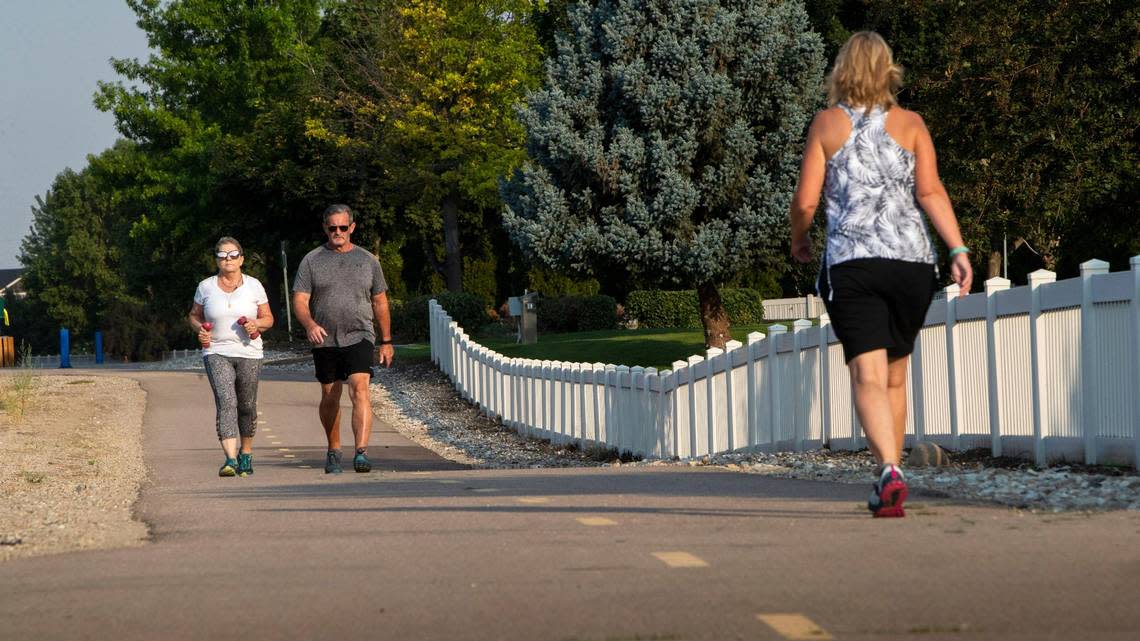
A panel presented the Urban Land Institute recommendations to the city on Thursday, Aug. 11. They suggested that the city:
Address equitable access to trails and pathways, because there are under served neighborhoods and populations that are not close to a trail or path.
“Tell a story” with Meridian’s trails — perhaps about how Meridian became a city, or about its railroad line or its agriculture. The pathway system is underappreciated, the panel said.
Coordinate with the Ada County Highway District, to connect the district’s paths to the city’s.
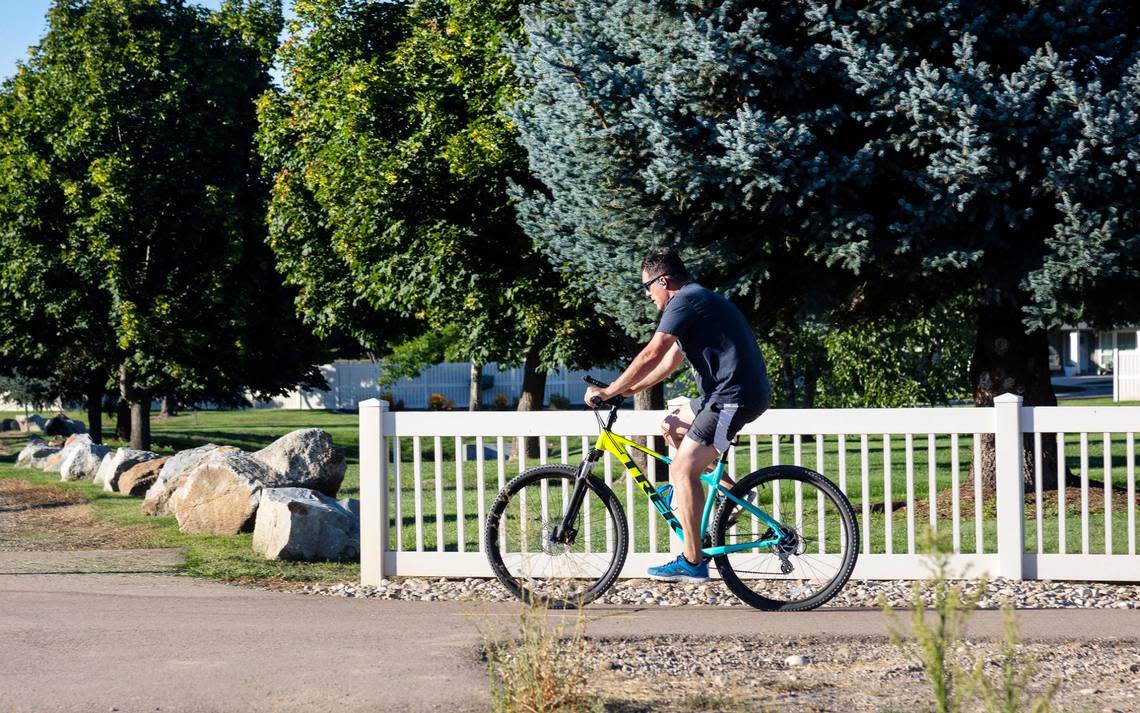
1. Equitable access to pathways
Dan Slone, a partner with McGuireWoods, a law firm in Richmond, Virginia, and a member of the Urban Land Institute panel, said the city should ensure “comparable access” to its trail system for everyone.
He suggested that the city ensure that everyone is within in a 10-minute walk from a pathway or trail entrance. He said not every pathway has to serve the same use in every neighborhood. For example, some neighborhoods may require access to pathways to comply with the American with Disabilities Act, or to be usable for seniors or small children.
“Another step in thinking about equity is making certain that pathway program is reaching all neighborhoods and as serving all groups,” Slone said.
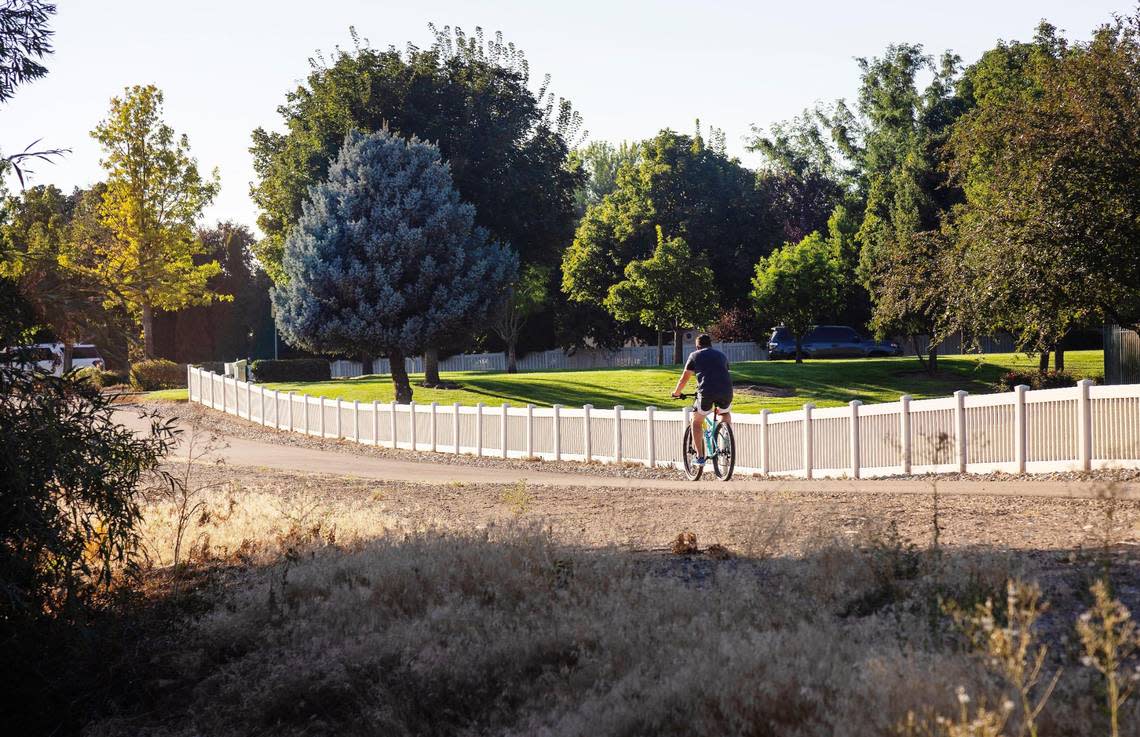
One important way to ensure equity is to make sure people are involved in the pathway projects, with the city seeking their feedback before deciding where and how to add or extend a pathway, Slone said.
Thinking about equity and the purpose of pathways, rather than focusing on simply connecting each micro-path to another, will open the city up to more funding opportunities and grants, Slone said.
“If you prioritize money with equity, rather than just completion of connections, that opens more doors,” Slone said.
Among the major trails in Meridian are the Ten Mile Pathway, Five Mile Pathway and Meridian Loop, all paved.
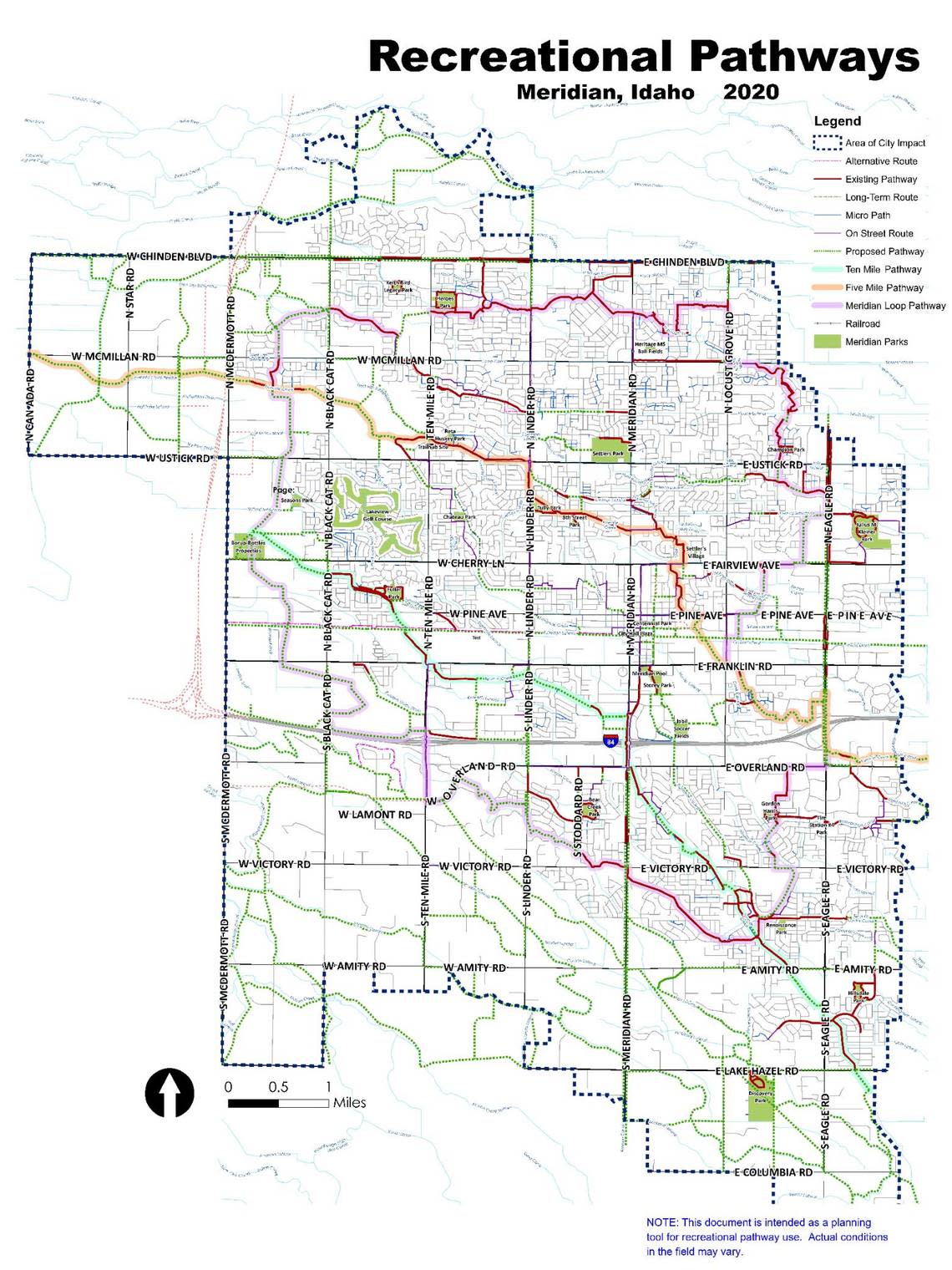
2. Tell a story
Christine Richman, the principal planner at GSBS Consulting, a Salt Lake City based development consulting firm and member of the panel, said Meridian has been successul in creating a “critical mass of pathways along the irrigation systems.” But the panel agreed that the city could do a better job of informing the public about the trails.
Meridian has 50 miles of multi-use pathways, 15 of which are owned and maintained by the city, said Stephany Galbreaith, city spokesperson, in an email.
The panel recommended sharing information through story telling, through signs or public art along the paths, or through communications from city officials.
Dan Anderton, a senior planner with Dewberry, a planning engineering and architectural firm in Charleston, South Carolina, who sat on the panel, enphasized the importance of including art along the trails, but not just random artworks.
“One of the things we want to stress is the idea that art should tell a story,” Anderton said. “And if that art reflects the story of the pathway, that’s all the better.”
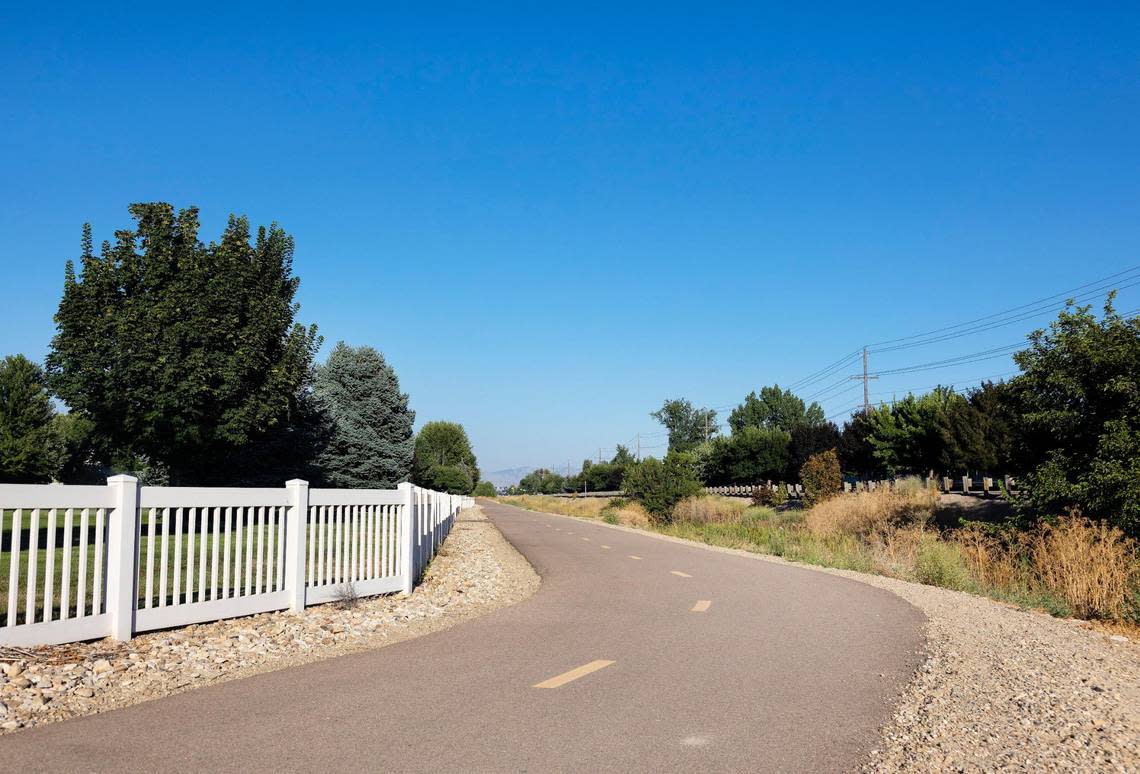
3. Connectivity
When looking at the city pathways map on its own, the panelists were confused, Anderton said, but when they looked at Meridian’s map overlay with ACHD’s bike pathways map, they noticed more connections between the two systems.
Anderton suggested that Meridian’s paths connect to public destinations like the city center, a park, a restaurant, or other memorable places.
Anderton recommended that to improve the connectivity of Meridian’s pathways, that the city consider building a town center. He suggested that the center of town was the parking lot at city hall. That way all of Meridian’s pathways can connect at the city center and stem from it.
“The point that’s really missing is the city center,” Anderton said. “The opportunity to take that parking lot that’s right out here and turn it into a city square or city park, gives it the opportunity to become the center of your city.”

Potential for the future
The panelists also urged the city to make sure safety measures are in place at newer pathway sections.
Each panelist praised the city’s existing system and its potential.
“It will be exciting for us to come back in a few years to see how it has become a platform for art and a platform for community engagement,” Richman said.
This tiny home owner, now homeless, claims the city violated private property rights
A group said an Idaho library gives ‘smut filled pornography’ to kids. What’s next?
